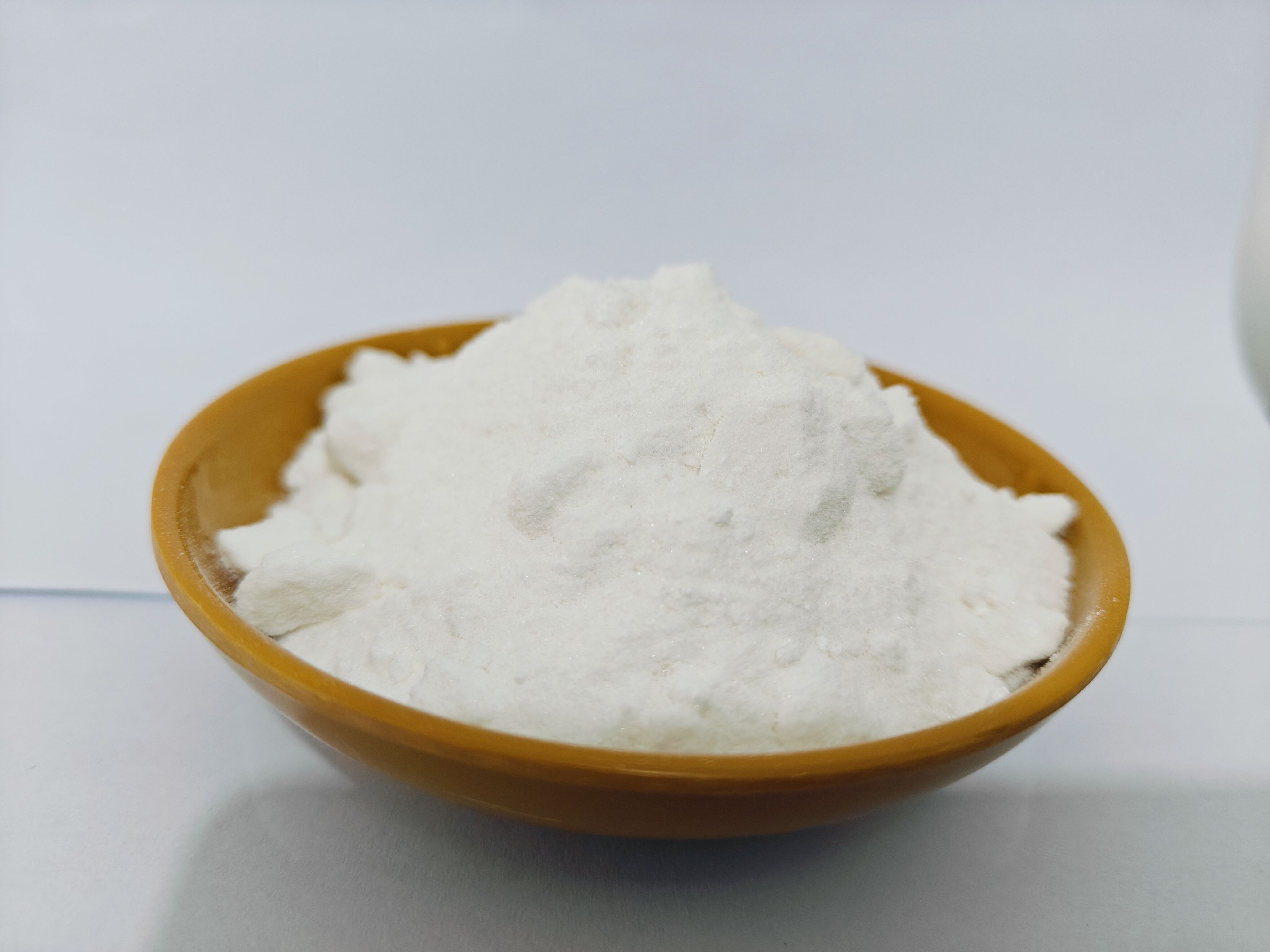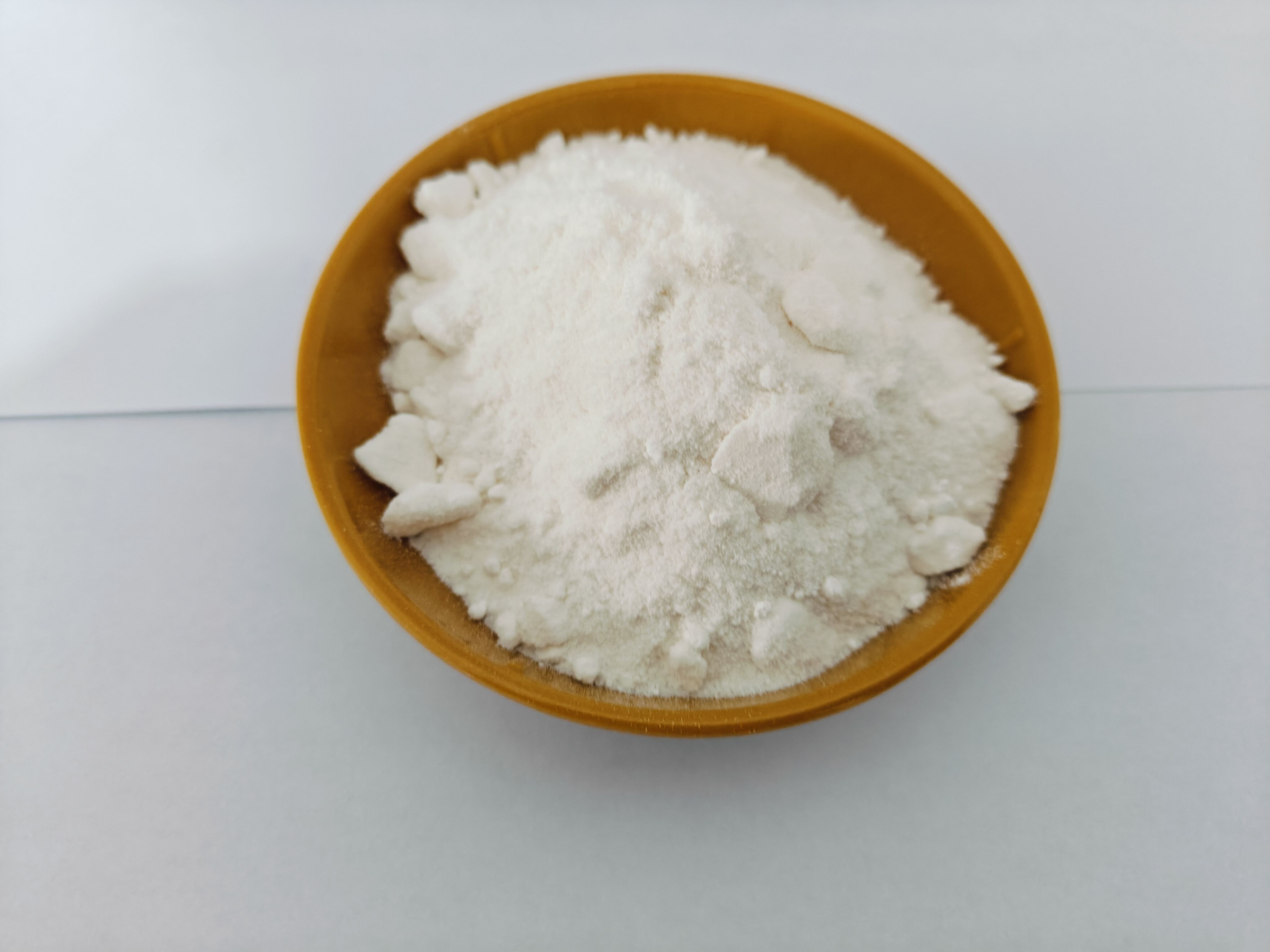Understanding the Role of Fast Curing in Modern Electronics Manufacturing
In today's rapidly evolving electronics industry, fast curing has become a critical factor in determining the efficiency and success of high-volume EMC (Epoxy Molding Compound) production. As consumer demands for electronic devices continue to surge, manufacturers must optimize their production processes to maintain competitive advantage while ensuring product quality. The implementation of fast curing technologies has revolutionized the way electronic components are encapsulated, leading to significant improvements in production throughput and cost-effectiveness.
Fast curing processes have transformed what was once a time-consuming bottleneck into a streamlined operation, enabling manufacturers to meet increasingly demanding production schedules. This advancement has not only accelerated production cycles but also contributed to enhanced product reliability and performance. As we delve deeper into this topic, we'll explore how fast curing solutions are reshaping the landscape of EMC production and why they've become indispensable in modern electronics manufacturing.
The Technical Foundation of Fast Curing Systems
Chemical Composition and Reaction Mechanics
The science behind fast curing EMC systems lies in their carefully engineered chemical composition. Modern formulations incorporate advanced catalysts and hardeners that facilitate rapid cross-linking reactions, enabling the material to achieve optimal mechanical properties in a fraction of the traditional curing time. These sophisticated chemical systems are designed to maintain stability during storage while delivering exceptional reactivity when activated under specific processing conditions.
Temperature control plays a crucial role in the reaction kinetics, with fast curing systems typically operating at optimized temperature ranges that maximize cure speed without compromising the final properties of the cured compound. The balance between cure speed and thermal management must be precisely maintained to prevent issues such as incomplete curing or thermal degradation.
Equipment and Process Integration
Advanced curing equipment incorporates multiple heating zones and precise temperature control systems to support fast curing processes. These systems often utilize innovative heating technologies such as infrared radiation or microwave heating to achieve rapid and uniform temperature distribution throughout the molded components.
Process integration requires sophisticated monitoring and control systems to ensure consistent curing conditions across high-volume production runs. Real-time process parameters monitoring and automated adjustments help maintain optimal curing conditions, resulting in consistent product quality despite the accelerated processing speeds.
Production Benefits and Economic Impact
Increased Manufacturing Throughput
The implementation of fast curing systems dramatically reduces cycle times in EMC production. Where traditional curing processes might require 30 minutes or more, modern fast curing solutions can achieve complete cure in just a few minutes. This significant reduction in processing time translates directly into higher production volumes and improved equipment utilization rates.
Manufacturing facilities can process more units per hour, leading to better resource utilization and reduced production backlogs. The increased throughput capability allows manufacturers to respond more effectively to market demands and seasonal production peaks without requiring additional capital investment in equipment and facilities.
Cost Optimization and Resource Efficiency
Fast curing technologies contribute to substantial cost savings across multiple aspects of production. Energy consumption per unit is reduced due to shorter heating cycles, while labor costs decrease through improved production efficiency. The reduced processing time also means less work-in-progress inventory, leading to better cash flow management and reduced warehouse space requirements.
Additionally, fast curing systems often result in fewer defects and reduced scrap rates, further contributing to cost optimization. The precise control over curing conditions helps ensure consistent product quality, minimizing expensive rework and material waste.

Quality and Performance Considerations
Material Properties and Reliability
Fast curing EMC systems are engineered to achieve equivalent or superior mechanical and electrical properties compared to traditional curing systems. Advanced formulations ensure excellent adhesion, moisture resistance, and thermal stability, meeting or exceeding industry standards for electronic component protection.
Long-term reliability testing has demonstrated that properly cured fast-cure EMCs maintain their protective properties throughout the expected service life of electronic devices. This reliability is crucial for applications in automotive, aerospace, and consumer electronics where component failure is not an option.
Quality Control and Process Validation
Implementing fast curing processes requires robust quality control systems to verify complete cure and consistent material properties. Advanced monitoring techniques, including in-line cure verification and automated inspection systems, ensure that accelerated processing doesn't compromise product quality.
Process validation protocols must be adapted to account for the unique characteristics of fast curing systems, with particular attention paid to temperature uniformity and cure completion verification. Regular testing and validation help maintain process consistency and product reliability.
Environmental and Sustainability Aspects
Energy Efficiency and Carbon Footprint
Fast curing processes contribute significantly to reducing the environmental impact of EMC production. The shorter cure cycles result in lower energy consumption per unit produced, directly translating to reduced carbon emissions. Modern fast curing equipment often incorporates energy recovery systems and efficient heating technologies to further minimize environmental impact.
The reduced processing time also means less energy is required for maintaining controlled environment conditions in production areas, contributing to overall facility energy efficiency improvements.
Sustainable Manufacturing Practices
The adoption of fast curing technologies aligns with sustainable manufacturing initiatives by reducing waste and optimizing resource utilization. Faster processing times mean less material is exposed to potential degradation or contamination, resulting in reduced waste generation.
Additionally, the improved process control associated with fast curing systems helps minimize the use of cleaning solvents and other maintenance chemicals, further contributing to environmental sustainability goals.
Frequently Asked Questions
How does fast curing affect the long-term reliability of electronic components?
Fast curing, when properly implemented, does not compromise long-term reliability. Modern fast cure EMC formulations are designed to achieve the same or better mechanical and electrical properties as traditional systems, ensuring component protection throughout the intended service life.
What are the key considerations when transitioning to fast curing systems?
Successful transition requires careful evaluation of equipment capabilities, process parameters, and quality control systems. Important factors include temperature control precision, cure verification methods, and operator training. Initial investment in appropriate equipment and process optimization is essential for achieving optimal results.
Can fast curing be applied to all types of electronic components?
While fast curing is suitable for many applications, certain sensitive components or complex geometries may require modified approaches. Careful evaluation of component requirements, thermal sensitivity, and geometry is necessary to determine the appropriate curing parameters and ensure product reliability.

